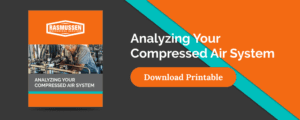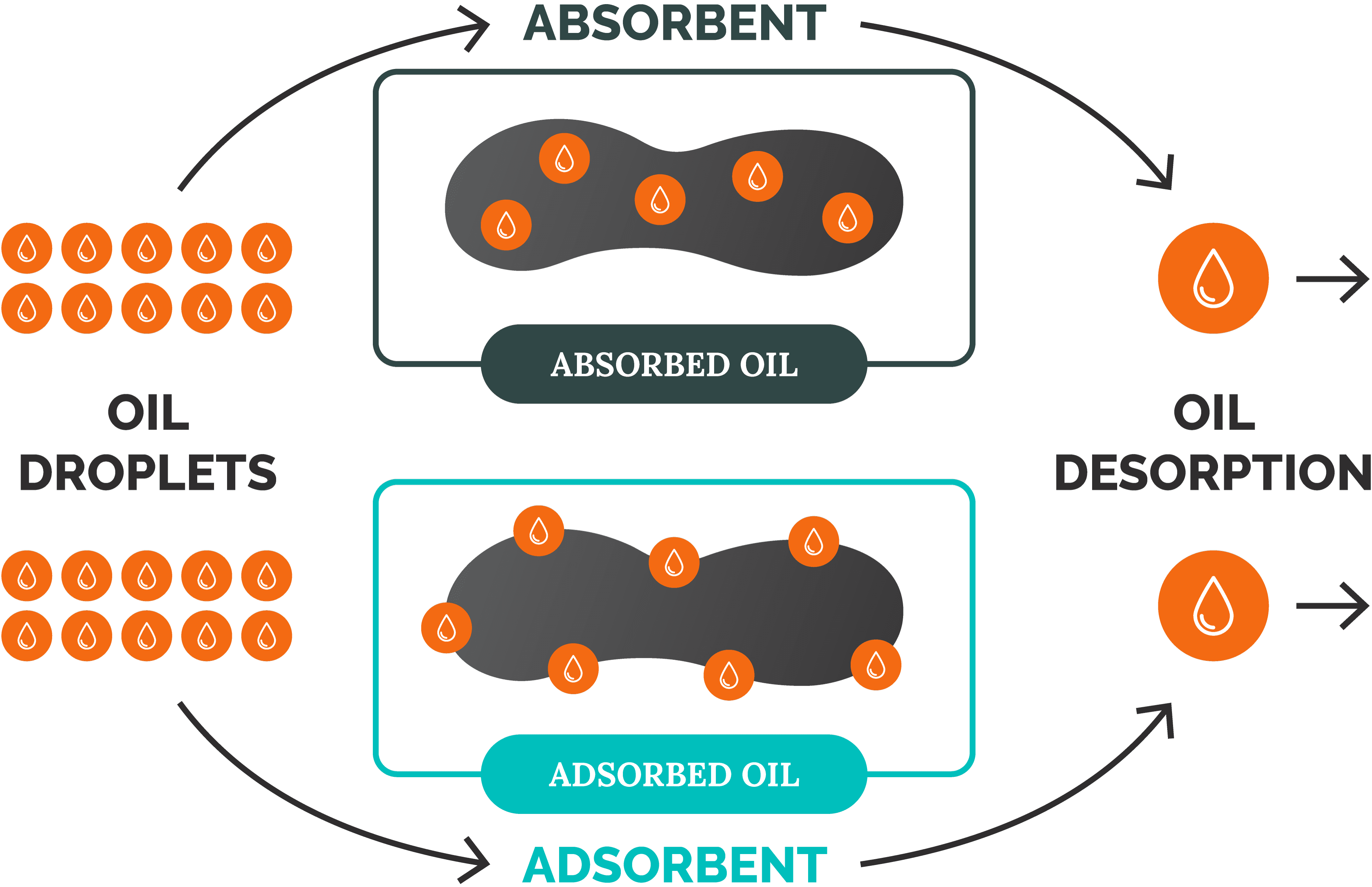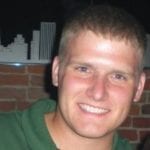Environmental pollution is a hot topic in today’s society and the EPA is the primary body of regulation and enforcement in the United States. Due to an increase in enforcement efforts by the EPA, many compressed air systems are getting put under the microscope. That is exactly why it’s important to consider a water oil separator for air compressors today.
Compressed air systems produce condensate comprised of water, oil, chemicals, and other contaminants. This condensate used to go straight into our sewer systems and then into larger bodies of water. In 1972 however, concerns about water contamination start to grow. Thus kicked off the expansion of the Clean Water Act and a slew of other regulations created by the EPA. While these regulations have been intermittently enforced over the years, we have seen an increase in enforcement efforts by the agency recently. One good way to ensure your system is in line with EPA regulation is to utilize oil separators.
Why Do You Need A Water Oil Separator For An Air Compressor?
Oil separators ensure our water supply is safe to use and drink. Condensate from compressed air systems releases toxins into our drain and sewer system that eventually end up in our lakes, rivers, and oceans. Oil separators are an easy and cost-effective way for us to keep our drinking water clean and usable.
Even if you’re not as concerned about the environment, there are other reasons to consider a separator. For starters, you’ll want to make sure you have an oil separator to keep in-line with the EPA’s regulations. If your compressed air systems aren’t in regulation, you could be looking at criminal or civil lawsuits. This can result in a big fine, and the responsibility to fix what went wrong. It’s better to stay safe and install an oil separator than deal with the consequences in the long run.
Fines for violating EPA regulations include:
- Negligent Violations: 1 year and/or $2,500 – $25,000 per day
- Subsequent Convictions: 2 years and/or $50,000 per day
- Knowing Violations: 3 years and/or $5,000 – $50,000 per day
- Subsequent Convictions: 6 years and/or $100,000 per day
If your building is using a compressed air system, check around to make sure you’re doing everything you can to avoid fines.

How Does An Oil Separators Work
Oil separators all use an underlying principle of adsorption. Adsorption is the concept that something, usually liquid, will stick to the outside of something else (usually a solid). The principle of absorption on the other hand is when something is engrossed in something else.


Steps to Oil Adsorption:
- Separator directs condensate from the dryer and/or filtration into an oil-water separator.
- The separator collects the oil on polypropylene fibers and purifies the water through activated carbon media.
- Water dispels and drains into your usual water system.
- The oil will be collected and stabilized on the polypropylene fibers and disposed of during regular air compressor maintenance.
Not sure where to start in the oil separator search? Reach out to us at Rasmussen Mechanical.
Oil Separator Regulations
What’s the approximate amount of oil that can drain?
The Federal Government lays this out in Title 40, Part 279 of the Code of Federal Regulations. It states that the oil level should not exceed 40 parts per million (ppm) in wastewater directed into the sewer.
The average air compressor condensate contains well over that amount at 300 ppm of oil. That is why it’s essential to have an oil separator in place. Staying in regulation and cleaning up the environment should be top of mind for every facility.
Need Help?
If you’re not sure where you stand within the EPA guidelines, reach out today for a consultation. We can help if you have a rotary screw compressor, a reciprocating compressor, a centrifugal compressor or anything in between. Call the pro’s at Rasmussen Mechanical Services at 1-800-237-3141, email sales@rasmech.com or chat with an agent. Our team is here to help!
Bonus: Air Compressor Maintenance Checklist
An energy saving study performed by the U.S. Department of Energy stated that:
“A compressed air system that is served by a 100-horsepower (hp) compressor operating continuously at a cost of $0.08/kWh has annual energy costs of $63,232. With a dirty coalescing filter (not changed at regular intervals), the pressure drop across the filter could increase to as much as 6 psi, vs. 2 psi when clean. The pressure drop of 4 psi accounts for 2% of the system’s annual compressed air energy costs. (or an increase of $1,265 per year)”
Want help keeping your operating costs down? Download our air compressor maintenance checklist to ensure you don’t miss a step.



